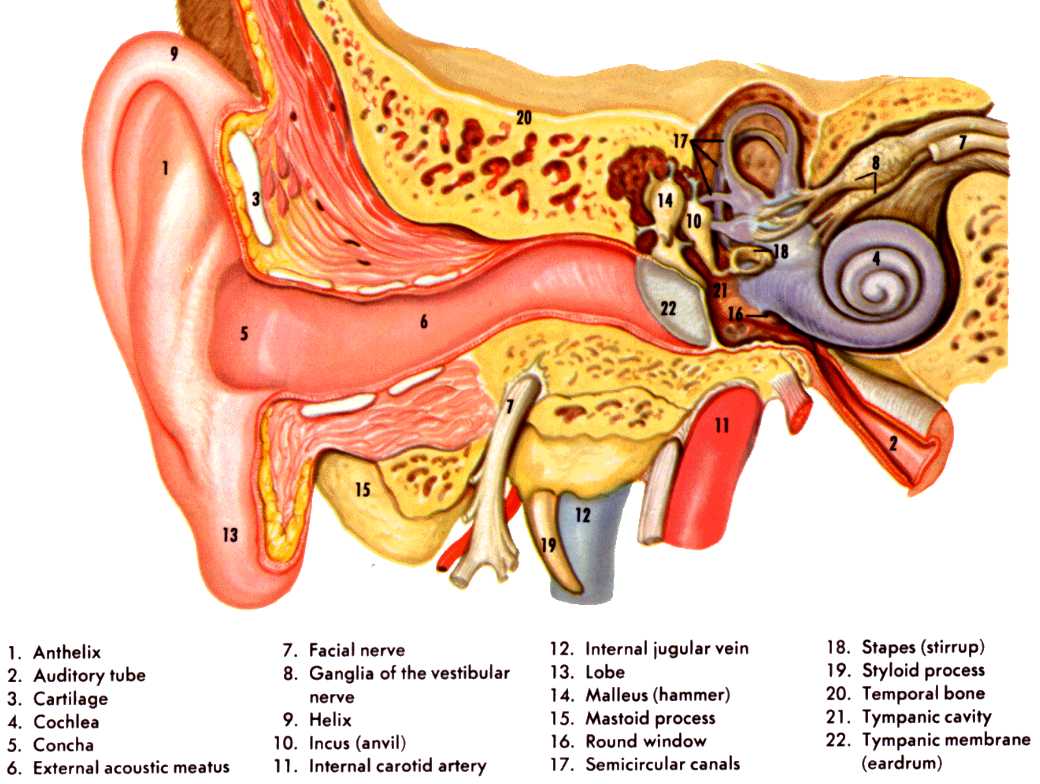EELE 217 SP17: Topics and Notes Summary
(last update 4/18/2017)
| DATE | COMMENT |
|---|---|
|
May 3 |
EELE 217 FINAL EXAM: Wednesday, May 3, 2017, 4:00-5:50pm, regular classroom. Closed book, closed notes. You may bring a calculator and a pencil/pen. |
|
Apr. 27 |
Course conclusion: exam review and discussion. |
|
Apr. 25 |
Perceptual audio coding and "modern" digital audio. |
|
Apr. 20 |
In class quiz on lecture material. Continue Digital Audio concepts. _ |
|
Apr. 18 |
Finish audio electronics, begin Digital Audio. |
|
Apr. 13 |
Audio electronics (cont.) |
|
Apr. 11 |
Audio electronics: electrical power system in U.S. homes and businesses; audio interconnects Electrical wiring and interconnection principles (handout) |
|
Apr. 6 |
In class quiz on lecture material. Continue discussion of audio transducer principles. |
|
Apr. 4 |
Audio transducers: principles of microphones and loudspeakers |
|
Mar. 30 |
Finish discussion of musical acoustics; start audio transducers |
|
Mar. 28 |
Return midterm exams and homework. Musical acoustics: science behind common-practice Western music |
|
Mar. 23 (Thurs) |
MIDTERM EXAM in class. Closed book, closed notes. Pen/Pencil and calculator only. HOMEWORK assignment due at the START of class. |
|
Mar. 21 (Tues) |
Exam review, homework discussion; |
|
Mar. 16 (Thurs) |
No class (Spring Break Week) |
|
Mar. 14 |
No class (Spring Break Week) |
|
Mar. 9 |
Exam review (exam is after spring break, Thursday, 3/23/17); begin discussion of musical acoustics Homework assignment on reverb estimation (due at the start of class on 3/23/17) |
|
Mar. 7 |
Sound isolation, sound transmission class (STC), flanking paths (cont.) |
|
Mar. 2 |
Sound in rooms: reverberation estimation, critical distance, and sound transmission through walls, floors, doors, etc. Handouts on Sabine reverberation estimation, and on wall systems and sound infiltration. |
|
Feb. 28 |
Begin discussion of sound in rooms: absorption, reflection, transmission. Architectural acoustics and reverberation. NOTE: mid-term exam is tentatively scheduled for Thursday, March 23 (after spring break) |
|
Feb. 23 |
In class Quiz on readings and lecture material. More on the hearing system, noise protection, response to sound. |
| Feb. 21 (Tues) |
Characteristics of hearing: physiology and psychology. Auditory system, audio demos and listening. Sound levels and the decibel [decibel handout]. |
| Feb. 16 (Thurs) |
In class Quiz on readings and lecture material. Physiology of the ear. Structures and functions of the hearing system. Reading assignment: chapters 20-23 of the Strong textbook.
|
| Feb. 14 (Tues) |
Harmonics and the analysis of complicated periodic vibrations (Guest lecture). |
| Feb. 9 (Thurs) |
Speed of sound measurement. Standing waves on strings and in pipes. Reading assignment: Finish reading chapters 13-15 of the Strong textbook. |
| Feb. 7 (Tues) |
No class this day (instructor out of town) Reading assignment: Start reading chapters 13-15 from the Strong textbook |
| Feb. 2 (Thurs) |
In class Quiz on readings and lecture material. Standing waves and resonance; start harmonics and spectral concepts; Audio demo of interference, beating, and harmonics. Start sound levels and the decibel. Reading assignment: Finish reading material from Section 1 of the Strong textbook. |
| Jan. 31 (Tues) |
Study wave phenomena: propagation, reflection, absorption, refraction, and diffraction. Doppler effect. |
| Jan. 26 (Thurs) |
In class Quiz on Chapter 4 and lecture material. Wave phenomena, relationship between frequency, wavelength, and speed of sound. Reading assignment: Chapters 6 and 8 from the Strong textbook. |
| Jan. 24 (Tues) |
Vibration in simple mass-spring systems and basic mass-spring-damper systems (cont.).
Stiffness and mass effect on natural frequency of vibration. Begin waves and wave motion in air. |
|
Jan. 19 |
In class Quiz on Chapter 3 and lecture material. Power and energy discussion. Vibration in simple mass-spring systems and basic mass-spring-damper systems (Chapter 4) Reading assignment: Read chapter 4 from the Strong textbook. |
|
Jan. 17 |
Basic physical quantities and laws. Measurement units for distance, time, mass, frequency, force, energy, power, etc. Vibration in simple mass-spring systems and basic mass-spring-damper systems. |
|
Jan. 12 |
First class meeting at 1:40PM in Howard Hall Room 117. Course introduction and some listening experiments. Reading assignment: Read chapter 3 from the Strong textbook . |

